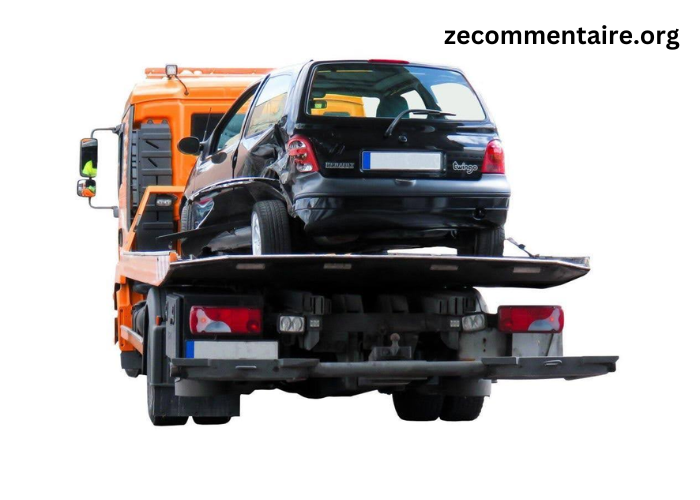Driving on the road isn’t just about getting from one place to another. It’s about ensuring every journey is safe for you and your loved ones.
While most of us are familiar with basic vehicle safety checks like tire pressure and oil levels, there are more advanced checks that can significantly enhance your safety.
Let’s dive into some comprehensive inspection techniques and tips that go beyond the basics.
Inspecting the Braking System
Your car’s brakes are its most critical safety feature. While regular brake inspections are essential, there are specific advanced checks you can conduct to keep your braking system at its best.
Regularly check the brake pads. It’s time to replace them if you find that they are thinner than a quarter of an inch. Additionally, check for any fractures in the pad material or uneven wear patterns.
Moreover, check the brake rotors for damage or warping. If you notice any abnormalities, it’s crucial to get them replaced immediately.
Evaluating the Electrical System
Today’s vehicles are loaded with complex electrical systems. This is why it’s essential to inspect and maintain this system regularly.
To keep the battery terminals clean and corrosion-free, ensure they are running smoothly. You should also check the battery for signs of wear and tear, such as bulging or leaking.
In addition, inspect all wires and connections for damage or fraying. Faulty electrical systems can cause malfunctions in critical safety features like airbags and anti-lock brakes.
Examining the Suspension System
A worn-out suspension system can compromise your vehicle’s stability and handling, leading to potential accidents. Advanced checks can include:
- Checking for worn-out or damaged shocks and struts
- Inspecting wheel alignment and balance
- Examining the condition of suspension components (bushings and control arms)
Keeping your suspension system in top shape ensures a smoother ride and enhances your vehicle’s safety.
Ensuring Optimal Visibility
Seeing and being seen is crucial for safe driving. Check the headlights, taillights, and other lights on your vehicle regularly.
Ensure also that all mirrors are clean and properly adjusted. Replace any cracked or damaged mirrors immediately. This will ensure that you have maximum visibility at all times.
Preparing for Emergencies
Being prepared for any situation is key to safe driving. To ensure you are ready for emergencies, things to have in your car include:
Car Emergency Kits
Pack essential tools like a tire inflator, jumper cables, and a multi-tool. These are useful for minor repairs and can help keep you moving until you can get professional assistance.
First-Aid Kit
Minor accidents can happen at any time. Pack a first-aid kit with bandages, gauze pads, and antiseptic wipes.
Disaster Kit for Car
It’s essential to have supplies like food, water, and a blanket in your car in case of severe weather or other emergencies.
Emergency Response Guides
These guides provide step-by-step instructions on what to do in various emergency situations, such as a car fire or accident.
For example, having emergency response guides for electric vehicles is critical due to the unique safety precautions and procedures they require.
Conduct Advanced Vehicle Safety Checks Today
Performing advanced vehicle safety checks can greatly improve the overall safety of your ride. From checking tire pressure to preparing for emergencies, these simple but crucial steps can prevent accidents and save lives.
So, don’t wait any longer! Make a habit of regularly conducting advanced safety checks and make your drive safer today! Your safety and the safety of others on the road depend on it!
Was this article helpful? If so, check out the rest of our site for more informative content.





